PORTUGUESE CENTRAL WAY
The Portuguese Central Way is the 2nd in the choice of pilgrims from all over the world. The complete route starts in Lisbon and has 634.1 Km. The most commonly used courses begin in Porto or in Valença-Tui.
Departing from Porto or Valença are days of an unforgettable "trip", with walking steps and time to know the places where we pass, all with symbols of this millenary route; and at the end, the "Field of the Stars", some of its treasures and traditions: the Cathedral and its chapels, the roofs of the Cathedral and its museum, the pilgrim's mass, the hug to Santiago and a visit to his tomb.
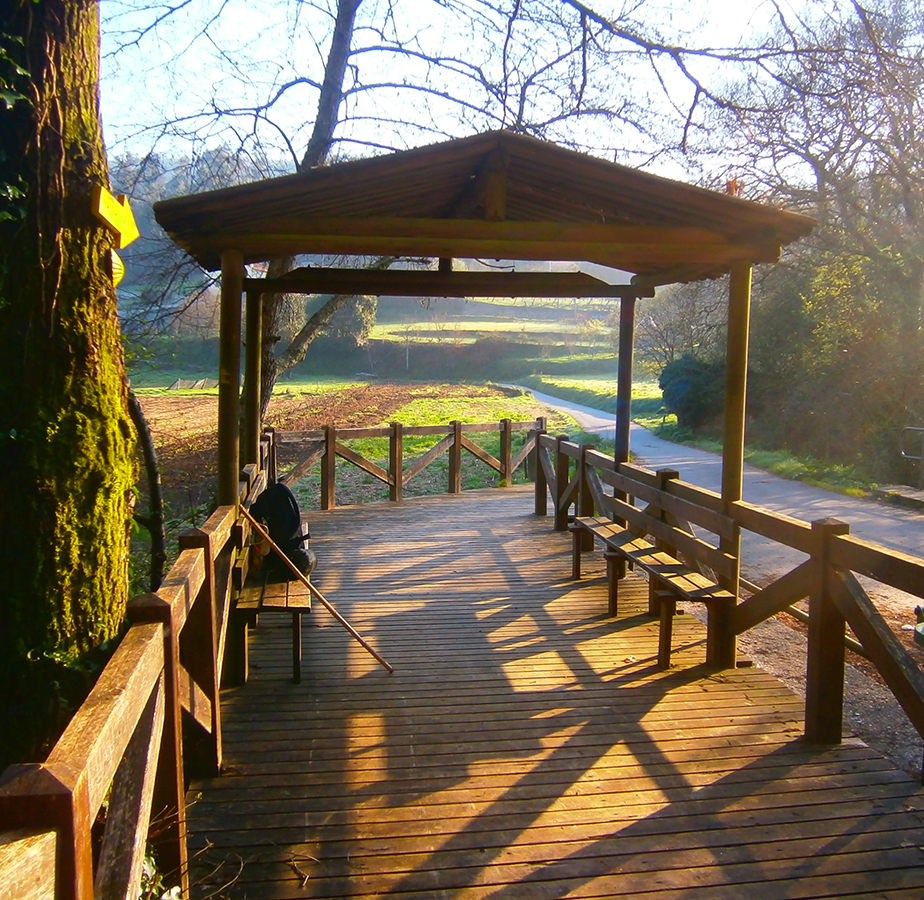
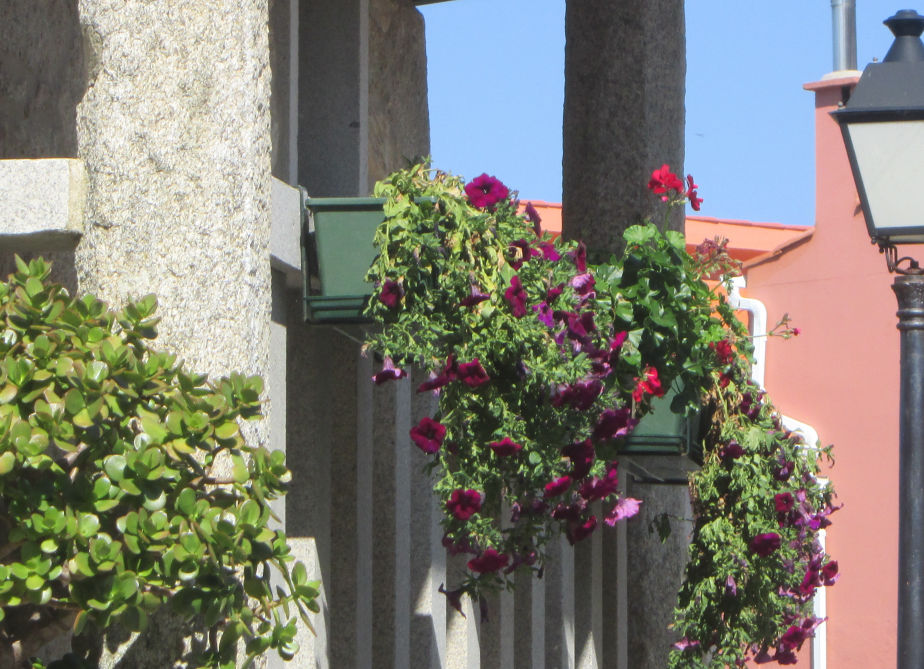
PORTUGUESE WAY BY THE COAST
This sea front path, which departs from Oporto and extends off the north coast of Portugal due to its coastal location, gained relevance during the Modern Age and, especially, since the 18th century, being used by coastal areas and by those who landed in the maritime ports.
The start will be made in Foz do Douro in the city of Porto or in the beautiful village of Caminha, where the river Minho crosses that leads to La Guardia, already in Spain.
Landmarks and symbols are a constant wherever we go and the beauty of all the places we pass through will remaine forever in memory.
In the end, the "Field of the stars", some of its treasures and traditions: the Cathedral and its chapels, the roofs of the Cathedral and its museum, the pilgrim's mass, the hug to Santiago and visit to his tomb.
SPIRITUAL VARIANT
It is a very easy course to do since it is essentially flat. Each of the stages has its own characteristics and charms without end, we highlight the Ruta da Piedra and Auga, which we cross from Armenteira and the only Via Crucis by river in the world from Vila Nova de Arousa to Pontecesures.
The Spiritual Variant is a route that derives in Pontevedra from the Portuguese Central Way and ends in Pontecesures, where it picks up the same Way.
It is considered as the Primigenia Route of all the ways of Santiago.
In 1745, a monk named Martín Sarmiento departs from Pontevedra and visits Poio, Combarro, the Monastery of Armenteira and Pontearnelas, and on reaching Vilanova, rises up to Pontecesures, thus beginning the Spiritual Route.

ALL OUR GROUP PROGRAMS ARE ONLY PERFORMED WITH MINIMUM OF 5 AND MAXIMUM 10 PEOPLE.
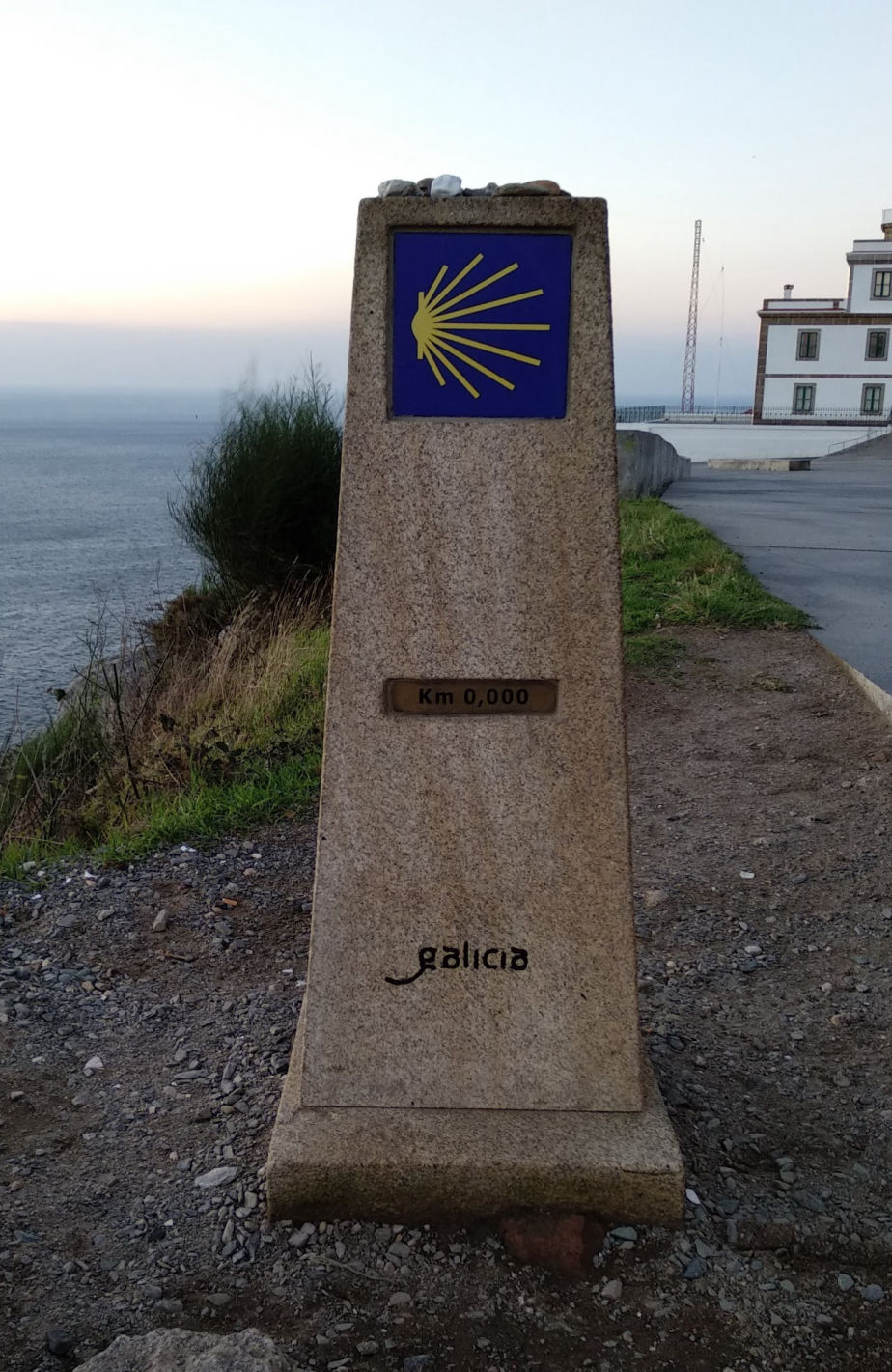
FINISTERRE & MUXIA
The Way of Fisterra-Muxía is the only Jacobean route originated in Santiago de Compostela.
Although the Way ends in the city of Santiago, the pilgrimage does not end in Compostela. Since ancient times, all the peoples and travelers who have approached this western corner of Europe have felt the desire to follow the path of the sun, to reach the end of the earth to contemplate the immensity of the infinite and to see the sun penetrating the waters of the sea.
Many pilgrims decide to extend their pilgrimage to the Coast of Death, making at the end of their journey an itinerary marked in the sky by the Milky Way.
Our proposal is to follow this Path as an itinerary that may be the continuation for those who have already done some Camino de Santiago or the beginning of other Paths.
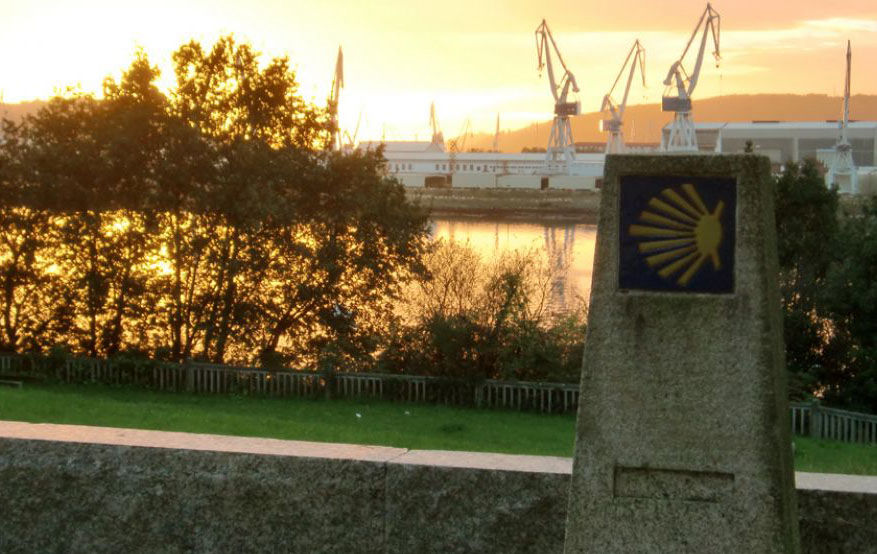
ENGLISH WAY
This path was born in the middle of the Middle Ages for a combination of spiritual and logistical reasons, the result of a skillful fusion of commercial and passenger transport that allowed many faithful from Great Britain, Ireland or northern Europe to embark on merchant ships to visit the tomb of the apostle.
Arriving at the port, they started a short route to Compostela, on horseback or on foot.
As a curiosity and, of course, the current official designation does not appeal very much to Irish pilgrims, who claim that this route should be called "English and Irish", since both nationalities contributed with a similar number of pilgrims, according to the registered data of the ships that anchored or set sail in the different ports.
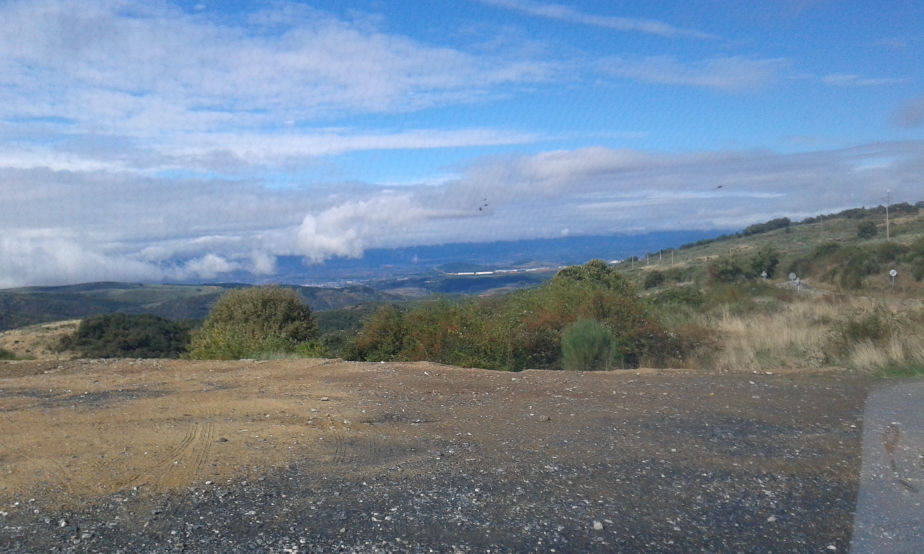
FRANCH WAY
It is the most mythical of the Paths and the favorite of most pilgrims.
This is where most of the medieval routes from the interior of Europe converge, integrating the Cultural Itineraries of the Council of Europe since 1987.
The French Way, which can begin at Saint Jean Pied de Port or at Roncesvalles, is the most well-known and popular Way of all the Camino de Santiago, with a substantial difference in the number of pilgrims compared to the other Caminos.
It owes its origin to three of the four main historical pilgrimage routes that come from the interior of Europe and that converge in the small town of Ostabat, a few kilometers from Saint Jean Pied de Port.
PAYMENT OPTIONS
